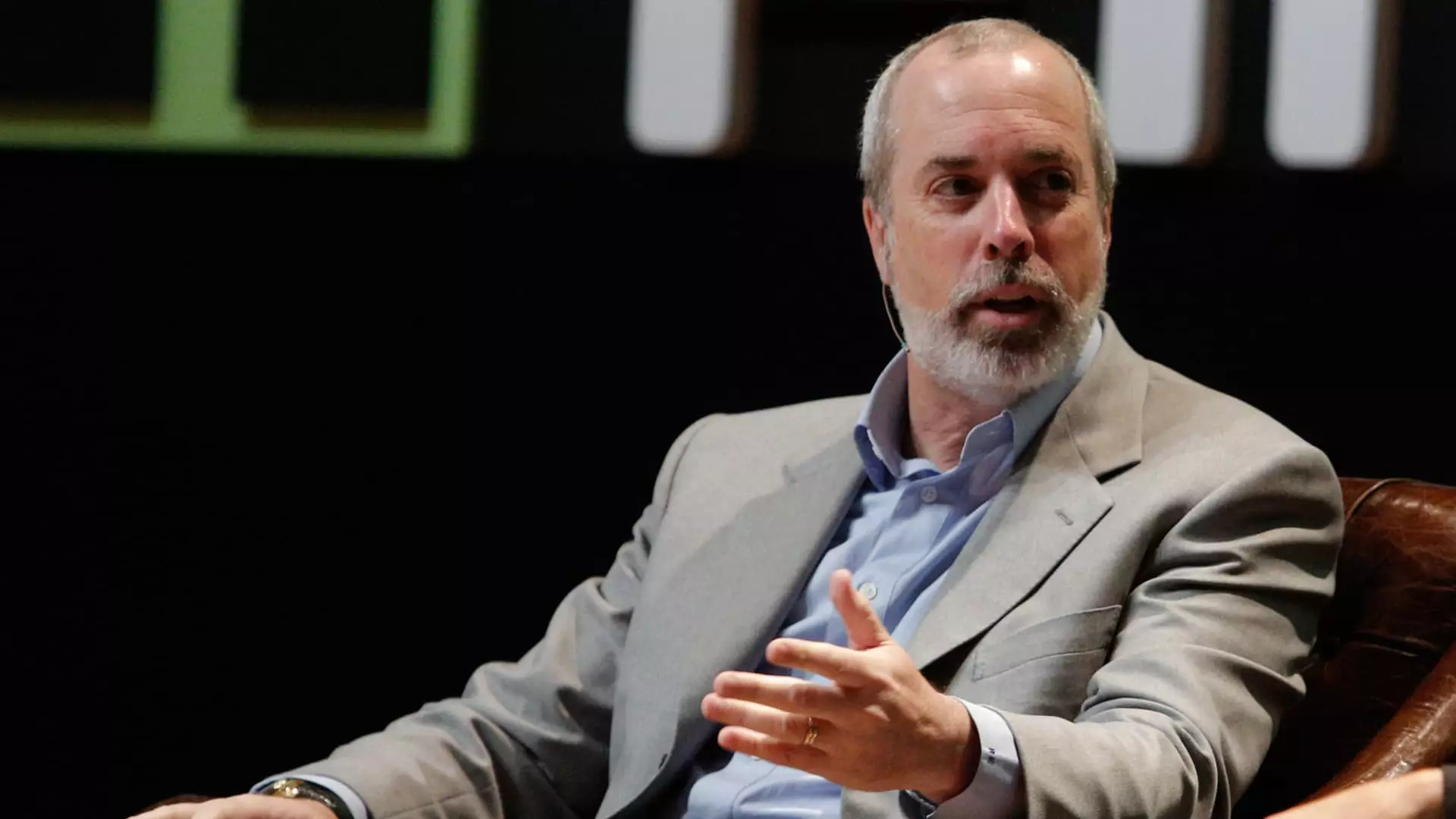In today’s fast-paced financial environment, the urgency for Americans to enhance their financial literacy cannot be overstated. Renowned financial expert Ric Edelman has publicly criticized the United States for its insufficient emphasis on educating its citizens about personal finance. He highlights a faltering system that appears to neglect the importance of sound financial education. Edelman’s candid assertion that “we stink at it” encapsulates a critical issue: the pervasive lack of understanding regarding basic financial principles among many Americans, especially the younger generations.
This deficiency in financial literacy is particularly alarming in an era where individuals are living longer than ever. The implications of longer life expectancy necessitate more sophisticated planning to avoid outliving one’s savings. Many traditional investment strategies, including the conventional 60-40 stock and bond portfolio, fall short of addressing the complex realities of modern finance. Edelman points out that for the baby boomer generation, living into one’s 70s or 80s was once a rarity; now, it’s the norm. The failure to adapt our financial education to these shifting demographics poses significant risks and challenges.
The Dangers of Instant Gratification Investing
One prominent concern Edelman emphasizes is the infatuation with get-rich-quick schemes that seem to permeate the mindset of many young investors. The rise of new trading platforms has democratized access to the financial markets but has also blurred the lines between investing and gambling. The increasing prevalence of options trading, particularly zero-day options, has created a volatile landscape that preys on the inexperience of novice investors. Edelman warns that instead of fostering a culture of sound investment practices, these platforms often encourage reckless speculation.
Furthermore, the statistics provide a stark illustration of this trend: nearly half of retail traders were engaging in options trading by 2022, and 2024 saw record levels of options volume. This flourishing market is anything but benign; it complicates the already intricate investing landscape and entices individuals to make financially detrimental decisions. It’s essential for young investors to recognize this dangerous allure and develop a more disciplined approach to building wealth.
The Need for Credible Financial Education
Edelman sheds light on another critical issue: the lack of credible and reliable financial information sources accessible to the youth. With platforms like TikTok becoming primary sources of financial education, there’s a puzzling juxtaposition between the wealth of resources available and the quality of the information being disseminated. The risks of misinformation are compounded when young individuals turn to social media influencers rather than seasoned financial professionals for guidance. This trend not only endangers their financial futures but also perpetuates a cycle of misinformation that could take years to untangle.
While some progress has been made at the systemic level—with states like Utah leading the charge in requiring personal finance education in high school—there remains a considerable gap. The current shift towards mandating finance courses is promising; as of this year, 27 states have adopted requirements for high school students to learn about personal finance. However, the benefits of this initiative will take time to materialize, and many young adults still find themselves ill-prepared when faced with financial responsibilities.
The Hurdle of Limited Resources
Moreover, the financial struggles of young adults further exacerbate the challenge of investing wisely. Many recent graduates are burdened with student loans and the high costs of living, leaving little room in their budgets for investments that could yield future returns. This grim reality adds another layer to the financial literacy crisis. After observing their parents’ experiences, today’s youth is determined to avoid the pitfalls of inadequate retirement planning and financial security.
Nevertheless, there is a silver lining. Edelman expresses optimism for this generation, noting that their desire for financial success stems from a keen understanding of the shortcomings of the previous generations. They are motivated to seek solutions and improve their financial outcomes, making the push for better education in personal finance all the more critical.
In a landscape fraught with challenges, Americans must prioritize improving financial literacy to empower future generations. Investing in this essential knowledge is not merely advisable; it is imperative for fostering a financially secure and informed population. As conversations about financial education continue to grow, we can only hope that a cultural shift toward prioritizing financial competency emerges.

